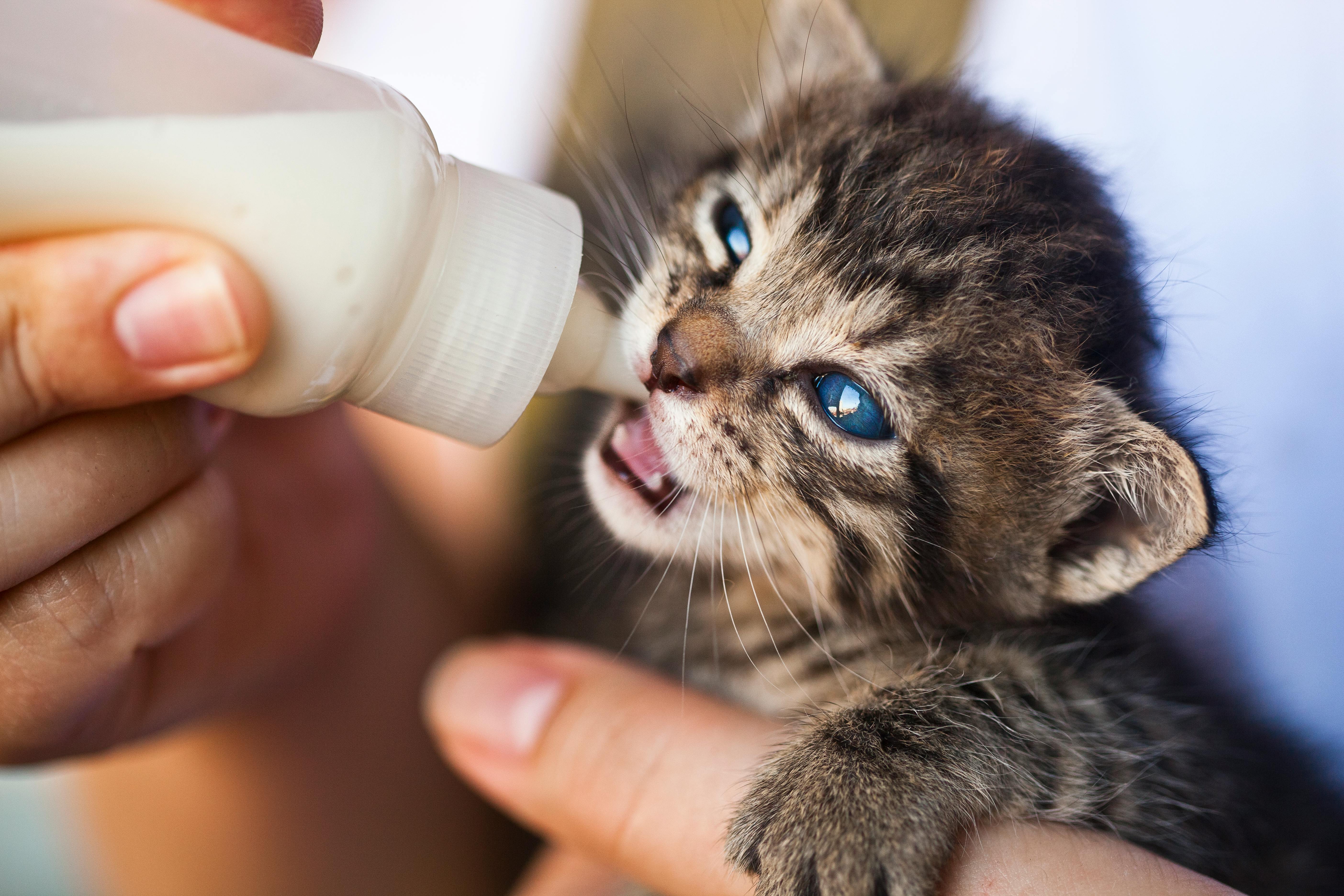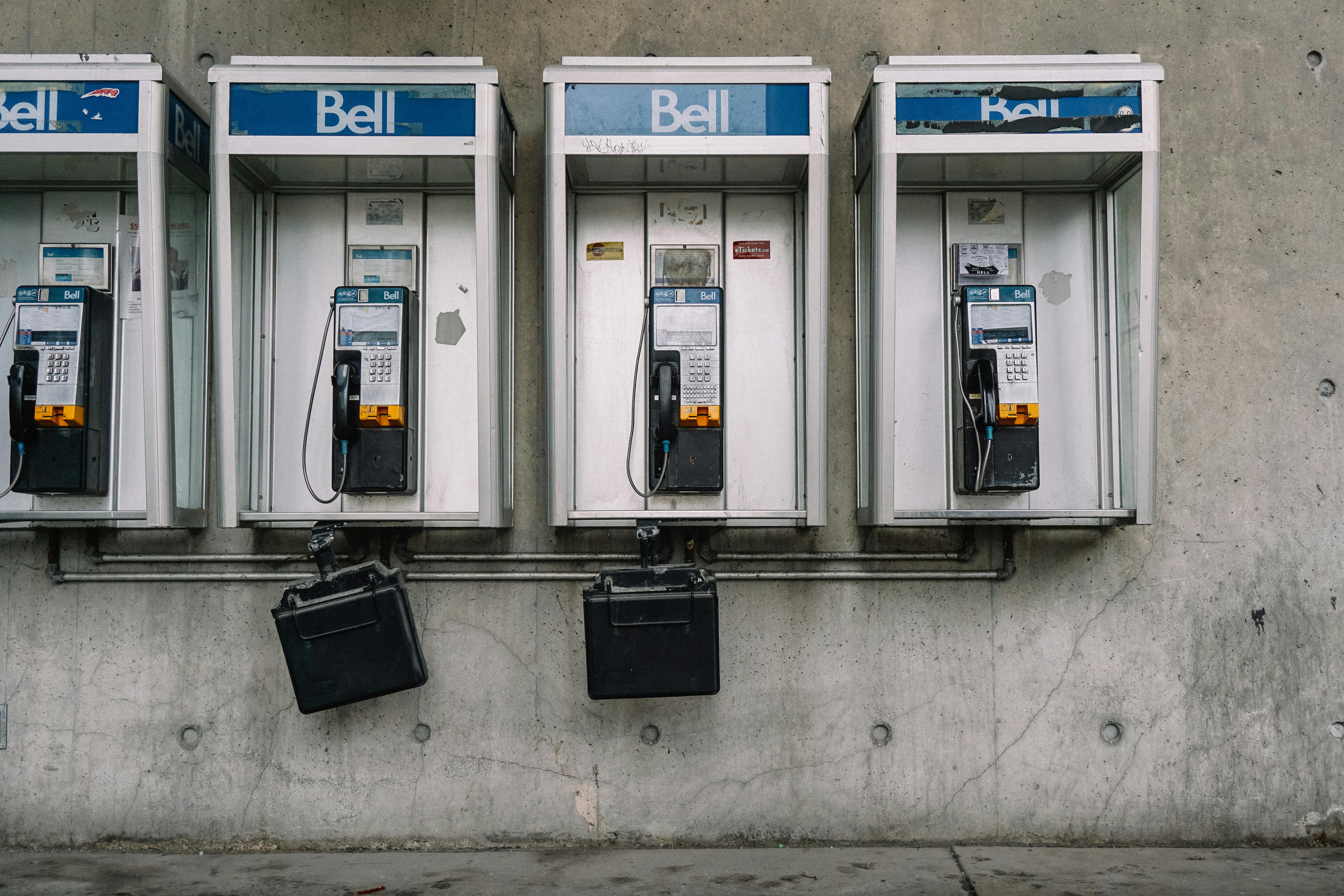Dog noses come in all sizes, shapes, and colors, but they all do the same thing besides the obvious; keep your dog informed. The bigger, longer, and wetter the nose, the more information is sucked in… kind of like a vacuum cleaner.
Many embarrassed, exasperated and inexperienced dog owners wonder “Why does my dog have to smell everything?” The answer is that there are at least 220 million reasons.
However, the simplest answer given by dog trainers and behaviorists is, “Because the nose knows!” By learning Dog, you’ll better understand your pet’s not-so-fancy way of meeting and greeting and why he does what he does.
Most dogs have between 200 and 250 million olfactory receptors. You have roughly a measly 5 million. Their combined olfactory “system” is 4 times larger than ours! The 7 square meters of nasal membrane in your dog’s nose are open 24/7, crying out for information.
A dog’s sense of smell is stronger than his sense of sight. Blind dogs do well, sniffing their way through life.
We have social media, computers, and 24-hour news to fulfill our addiction for information and socializing. Your dog too. The difference is that your computer and your social network are in your brain. A walk around the neighborhood or the dog park is full of old and new information. Sniffing along the way also provides maps to the GPS system in your dog’s brain.
That could be one of the reasons why dogs that are walked more often tend to get “lost” in fewer numbers than those that aren’t. Their noses and the GPS in their heads help them find their way home.
Are you aware that the information your canine companion receives from smelling a single drop of urine will provide them with a great deal of information? Through that nose, you will know: who was there, when they were there, what they eat, if they are male or female, if they are neutered or spayed, how old they are, if they are dominant or submissive and even if they are in a good mood… or not!
Bloodhounds have been our hunting companions for thousands of years. Their larger nose and floppy ears made them invaluable to human hunters. Even in the Middle Ages, bloodhounds were known to have an innate sense of smell, and were successfully used as trackers, much to the chagrin of escaped criminals and poachers.
For centuries it has been believed, and some still do, that dogs with large, long noses and open black nostrils make the best trackers. Makes sense; as his olfactory chamber would be larger and he would be able to store and send more information faster to the olfactory part of his brain, let’s say that of a Bulldog or Pug!
Have you ever noticed your puppy or dog taking short, quick breaths in and out while sniffing something? What they’re doing is maximizing the detection of that scent.
By licking and moistening your nose, you increase your ability to collect scent samples and store that information in your private library. It’s even believed that your pet can store three-dimensional images of various scents in its brain. That’s another reason why they excel at tracking, hunting, drug hunting, termite, bed bug and other insect infestation, search and rescue, as cadaver dogs and now some are being tested and used to detect cancer! !
Their ability to discriminate between odors also makes covering up an odor virtually impossible! In addition, it is only necessary to hold an object for only 2 seconds and the dog will know who has touched it. That was evident recently in a package of envelopes I mailed to a friend. She informed me within minutes of bringing the package home, her hound mix, which she had trained, concentrated on my scent in the envelope and its contents.
This is the same dog that recognizes my voice when the phone is on “speaker.”
Here are a few tidbits of information that might be worth knowing when learning to talk dog.
A cold, wet nose is not necessarily the sign of a healthy dog. Some dogs with hot, dry noses are just as healthy. The thing is that you learn the difference with your particular pet.
A runny nose is something that needs to be watched carefully. It could be a sign of a respiratory obstruction or infection.
Unless it is an immediate emergency, never try to clear a nasal obstruction. The membrane in your dog’s nose is exceptionally sensitive and should be removed by your vet.
Your dog uses his nose to cool off.
A dog’s nose print is as unique as a fingerprint.
Your dog’s nose may change color, depending on seasonal changes, or even eat from plastic food bowls.
Your dog’s nose can get sunburned.
Certain breeds, such as bloodhounds, have a pronounced sense of smell. (Ask anyone who owns a Beagle!)
And it is believed that dogs with longer noses live longer than those with shorter noses.
Bottom line: Now that you know more about your dog’s nose and are learning to speak Dog, maybe you won’t feel as tense or embarrassed when you sniff around. He always checks inappropriate behavior before he becomes obsessive, but he appreciates that it’s completely natural and that your dog’s nose knows it.


